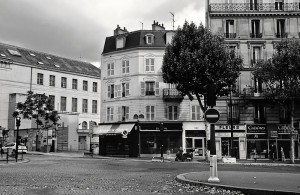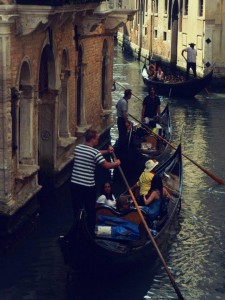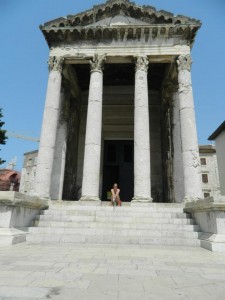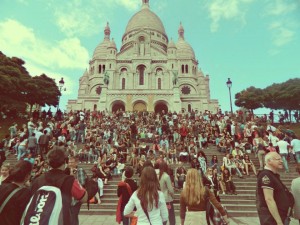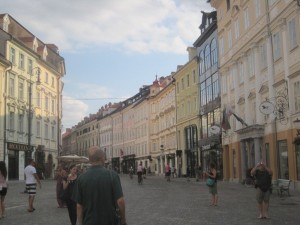This course has been really eye-opening in terms of aspects of history I’ve never thought of before. While the events that correlate to a lot of these changes in urban planning are talked about frequently (the London Fire of 1066, the French Empire, the Soviet Union, the GDR, etc.), the study of urban history offers a unique perspective that manages to mash together the public, the government, and the corporate sectors in order to show the experiences of a city from the perspective of everyone.
If this course has taught nothing else, it is that humanity will always strive to better itself by bettering its surroundings. We seem to have an innate need to reflect our changing ideas through our physical presence on the earth, even if the next generation promptly removes all traces of it. I’m sure the people who debate human nature would have a lot to say about rebellion and memorialisation as human characteristics, but it doesn’t change the fact that people strive to do greater in everything they do, and that includes architecture.
I, for one, am grateful for this. The need to do something better than everyone else has introduced great technological marvels: housed thousands of people; changed how we think about motion; facilitated the introduction of the car as the transportation of choice; and created communities in neighbourhoods that would otherwise be condemned. There was a lot of good that came out of striving for the sociologically perfect city. We are quick to condemn the failed planning ventures, probably because hindsight is 20/20 and anything that appeals to the goodness in humanity is seen as naïve in today’s society. But it didn’t stop a lot of people from trying, and it doesn’t stop people from trying today. “The temptation to quit is greatest just before you succeed”, and I think we’re at a point in society where it is tempting to quit. But I think we’re also at a point that, with a little more effort, real change could happen in city planning.
Thanks to Brigitte for doing a wonderful job of teaching this class!


